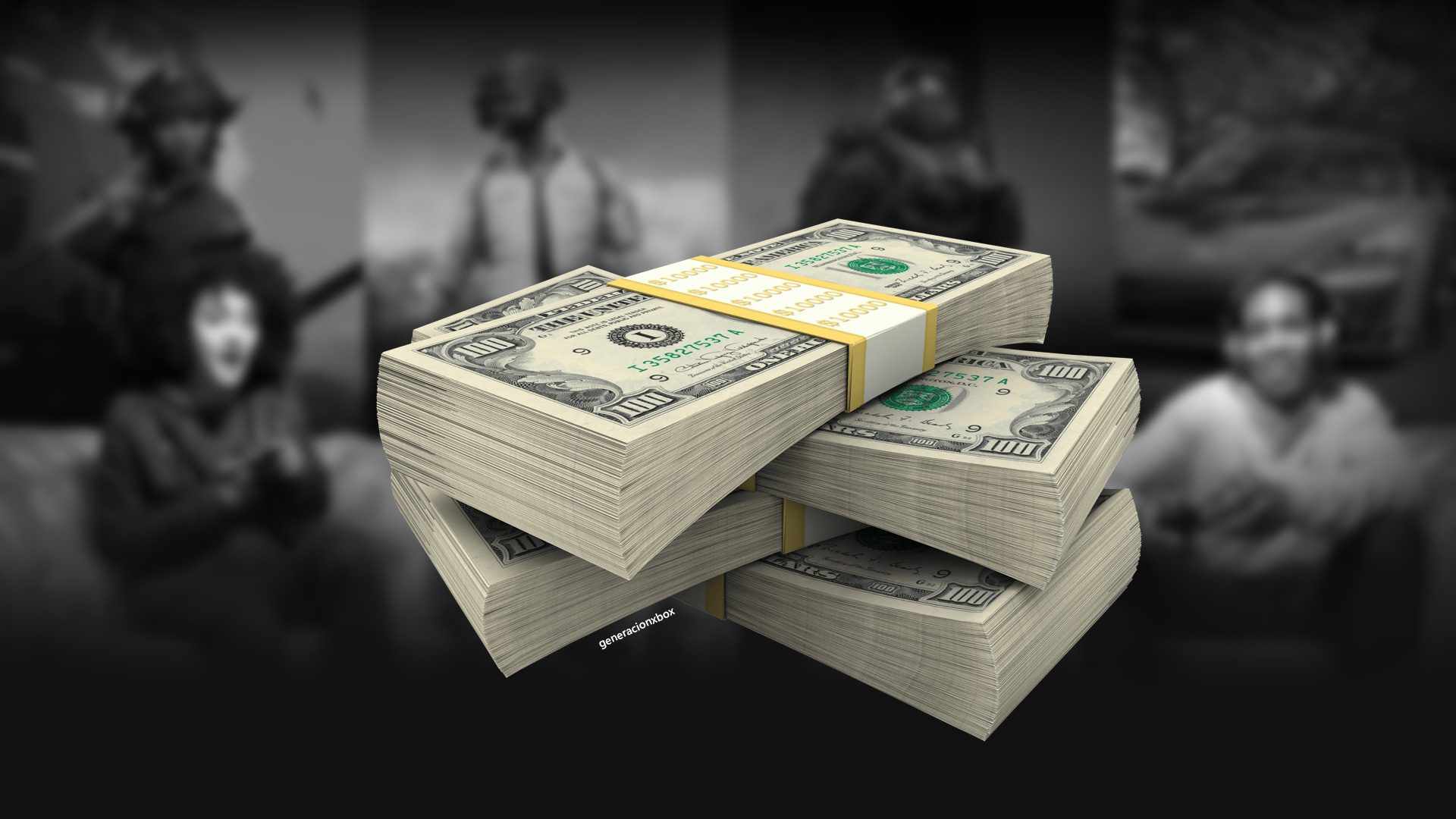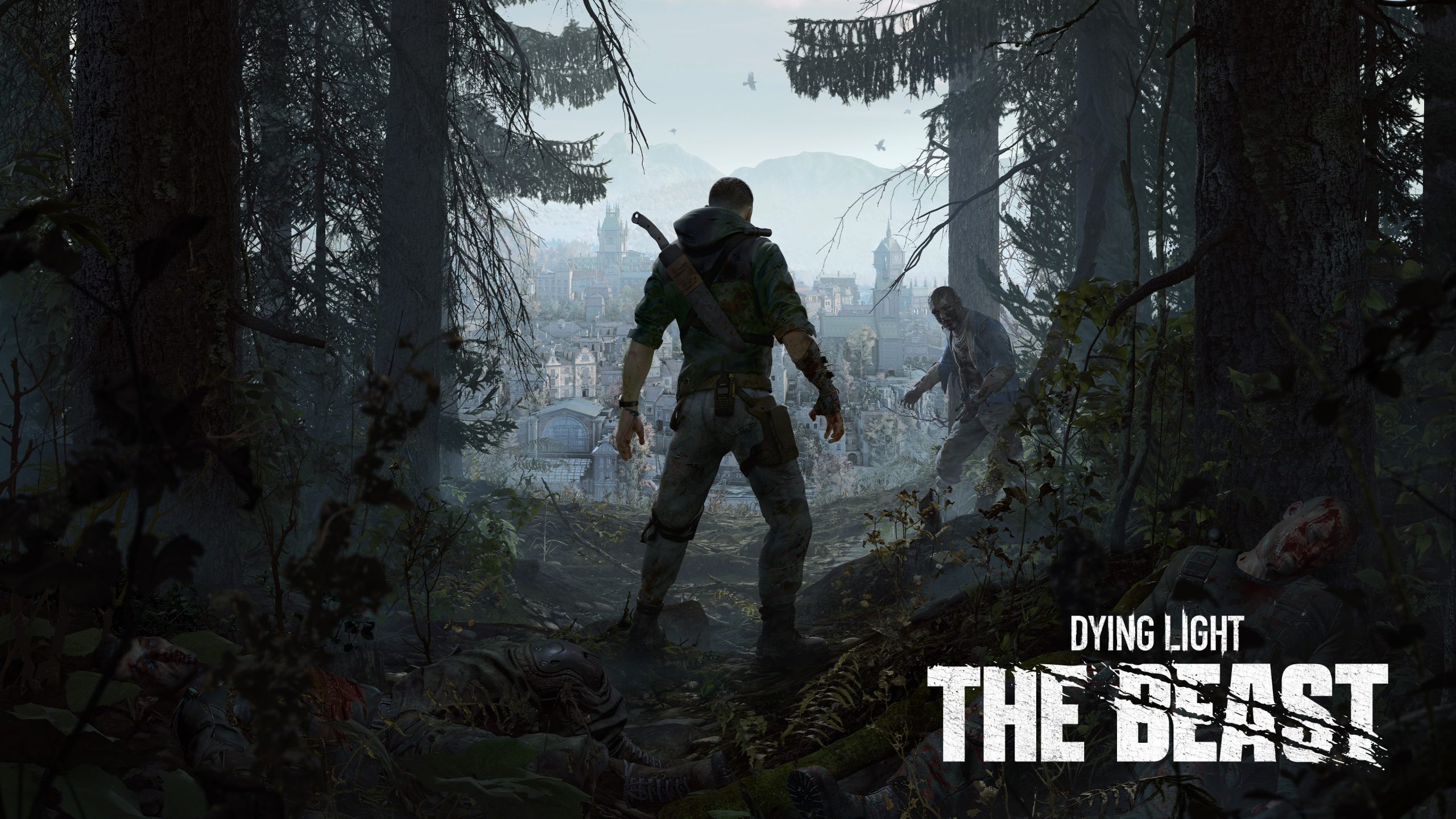The price of games reignites the debate: are AAA games too expensive for the majority?
More stories in the category News
- Limited gift for Dying Light: The Beast: the Airdrop Finder skin is free on Xbox and PC
- Xbox listens to the community: Sarah Bond admits player concerns
- Xbox signs off a great year with 10 nominations in The Game Awards 2025
| Don't miss anything and follow us on Google News! |
Players have been discussing this for months, but now analysts are also reflecting on it: the price of video games is creating a clear division within the market. At a time when the economy is tighter than ever, the gap between those who can afford each $70/$80 launch and those who rely on free games is growing.
- You might be interested in: Get a new free game from the Epic Games Store
Behind this situation is a factor that is not always taken into account. While the cost of housing, groceries, and basic services continues to rise, some players continue to purchase big-budget games without giving much thought to the price increase. According to analyst Mat Piscatella, many of these consumers are experiencing a kind of “silent inflation”, where more expensive hardware or new releases go unnoticed in their monthly budget.
The market division caused by video game prices
On the other hand, there are those who feel the impact of every price increase. For them, a $70 game is simply unaffordable, and their daily lives lead them to seek alternatives that don’t involve additional expenses. Fortnite, Roblox, or any free-to-play experience become their primary options, accompanied by mobile offerings that already dominate the global market.
The contrast is not coincidental. With production costs that continue to rise, publishers like Nintendo have already set launch prices at $79.99, and hardware has also become more expensive. In this scenario, big releases have become premium products, and free-to-play games have become the gateway for millions of players.
The industry faces a future challenge: two different audiences, united by the same passion but separated by purchasing power. A gap that will continue to grow if prices keep rising, forcing companies to find strategies that can coexist with these distinct realities.






